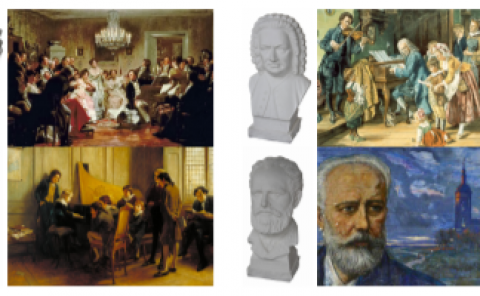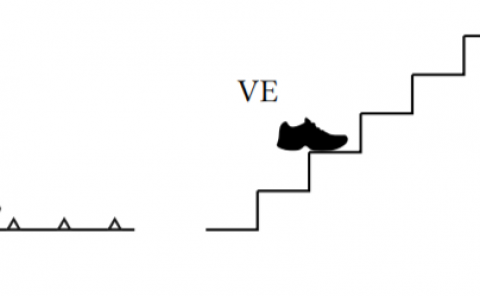End-to-End Optimized 360° Image Compression
Note: We don't have the ability to review paper
PubDate: Sep 2022
Teams: , Harbin Institute of Technology;University of Electronic Science and Technology of China;Chinese University of Hong Kon
Writers: Mu Li; Jinxing Li; Shuhang Gu; Feng Wu; David Zhang
PDF:End-to-End Optimized 360° Image Compression
Abstract
The 360° image that offers a 360-degree scenario of the world is widely used in virtual reality and has drawn increasing attention. In 360° image compression, the spherical image is first transformed into a planar image with a projection such as equirectangular projection (ERP) and then saved with the existing codecs. The ERP images that represent different circles of latitude with the same number of pixels suffer from the unbalance sampling problem, resulting in inefficiency using planar compression methods, especially for the deep neural network (DNN) based codecs. To tackle this problem, we introduce a latitude adaptive coding scheme for DNNs by allocating variant numbers of codes for different regions according to the latitude on the sphere. Specifically, taking both the number of allocated codes for each region and their entropy into consideration, we introduce a flexible regional adaptive rate loss for region-wise rate controlling. Latitude adaptive constraints are then introduced to prevent spending too many codes on the over-sampling regions. Furthermore, we introduce viewport-based distortion loss by calculating the average distortion on a set of viewports. We optimize and test our model on a large 360° dataset containing 19,790 images collected from the Internet. The experiment results demonstrate the superiority of the proposed latitude adaptive coding scheme. On the whole, our model outperforms the existing image compression standards, including JPEG, JPEG2000, HEVC Intra Coding, and VVC Intra Coding, and helps to save around 15% bits compared to the baseline learned image compression model for planar images.


